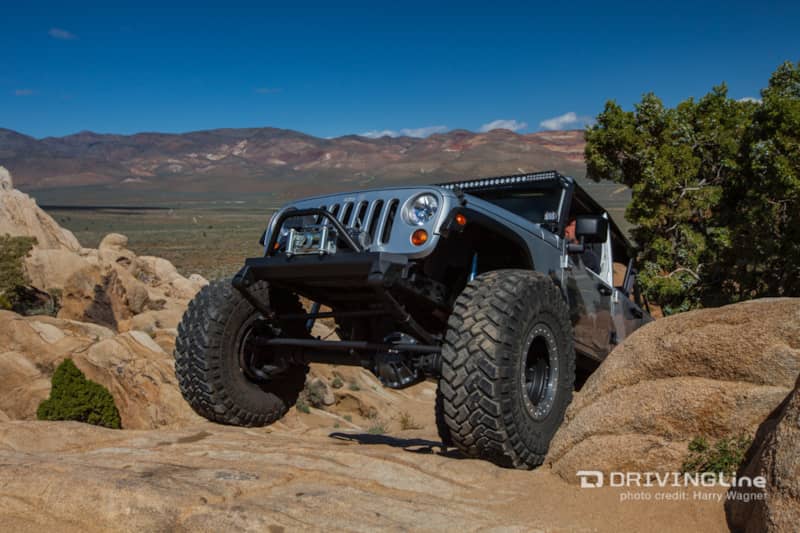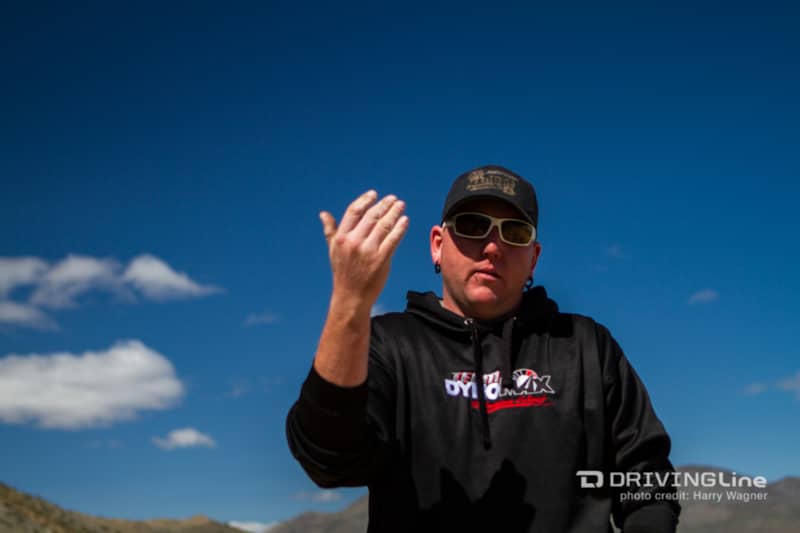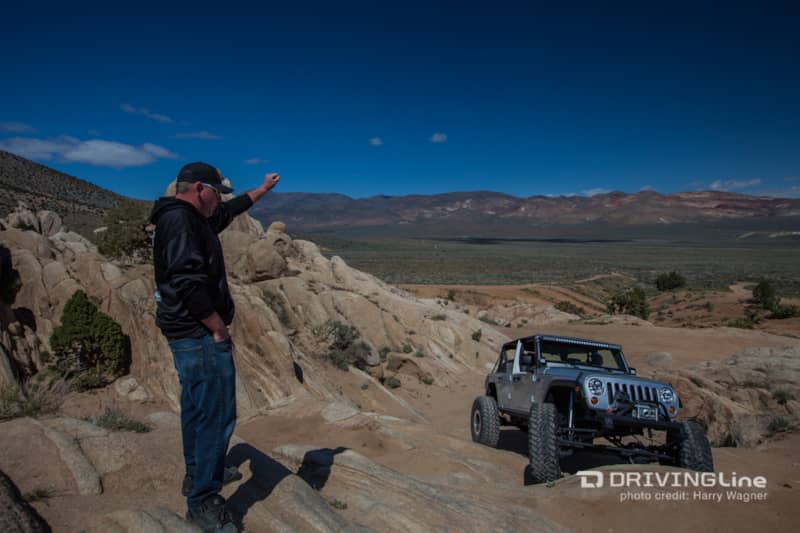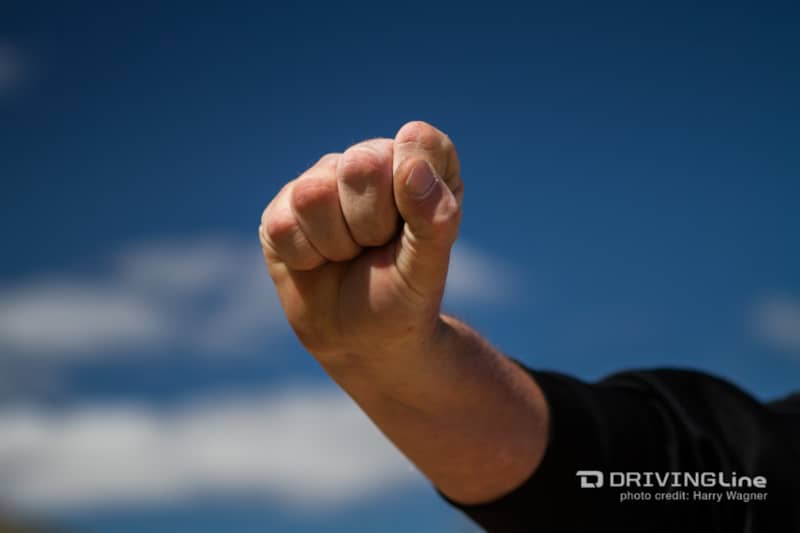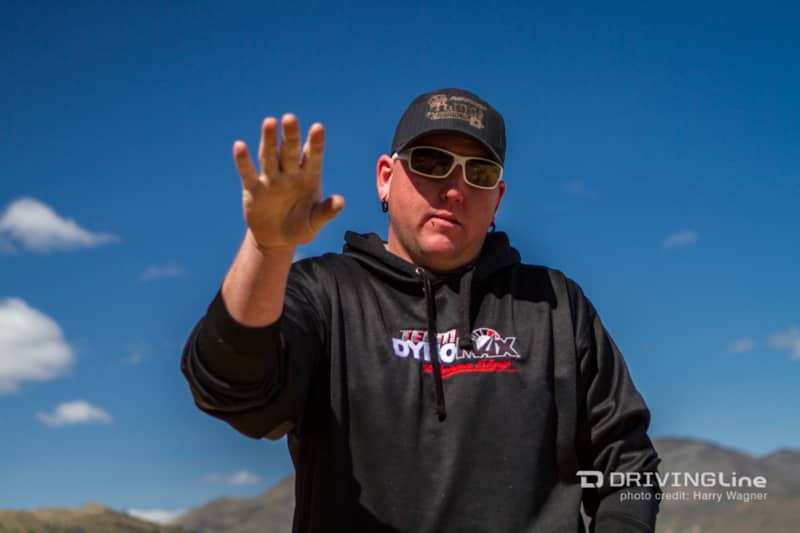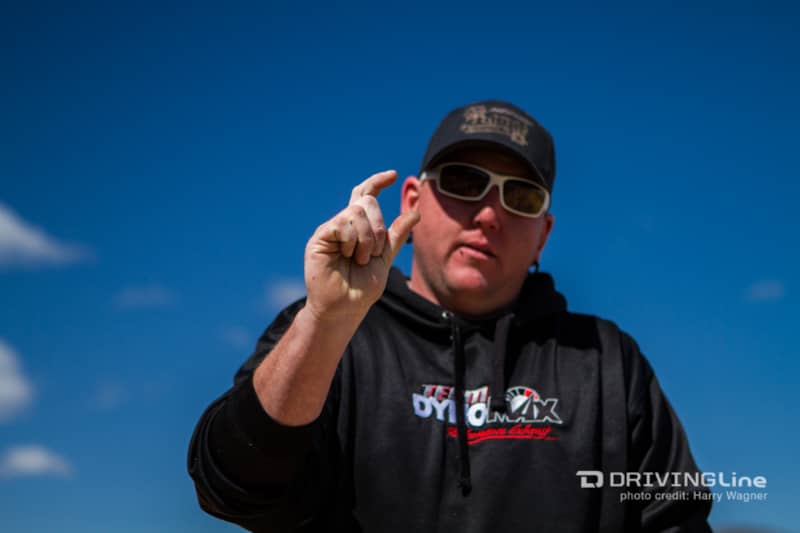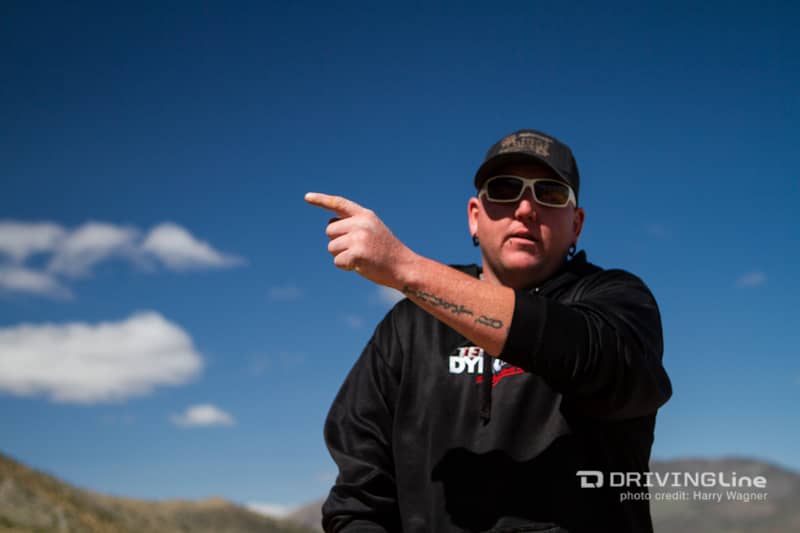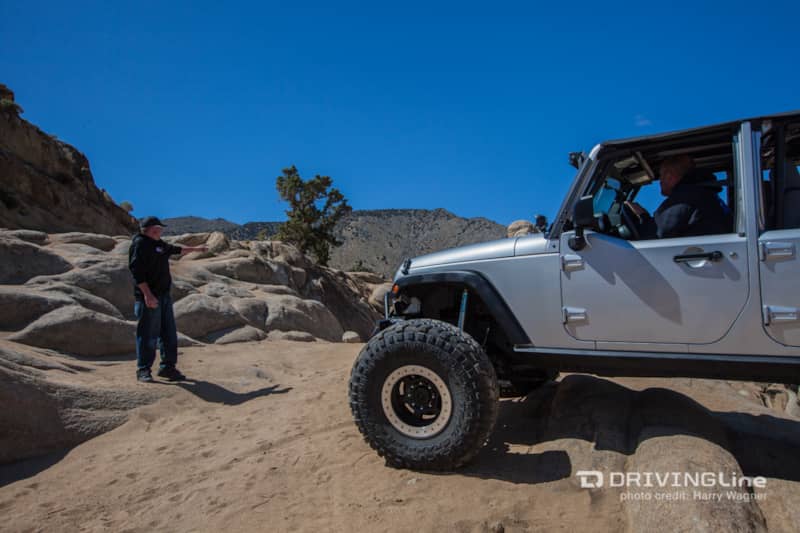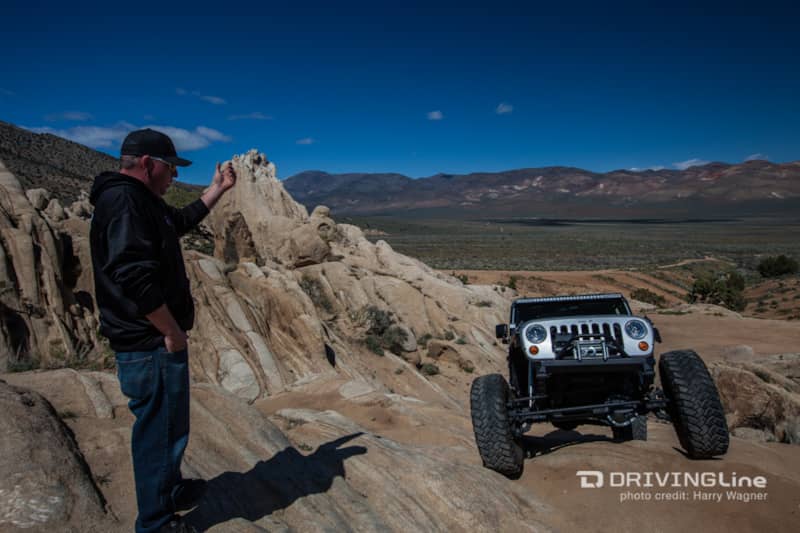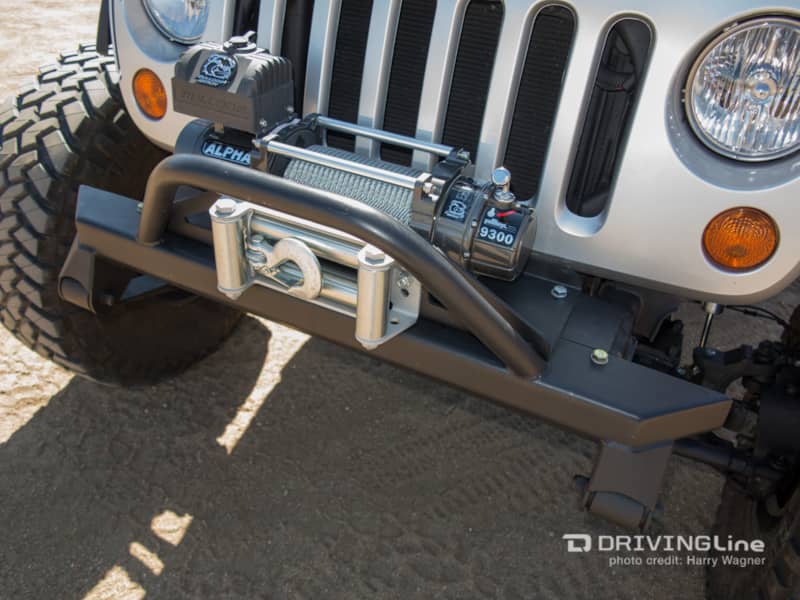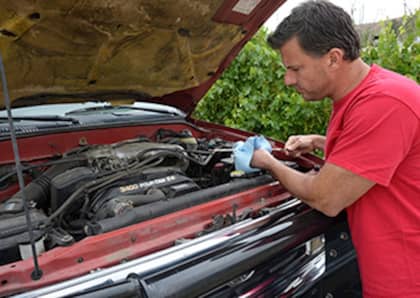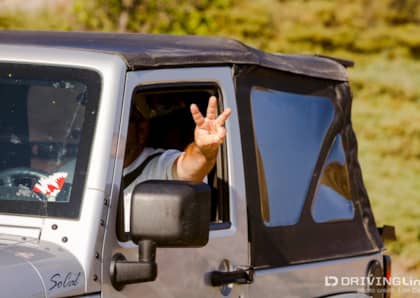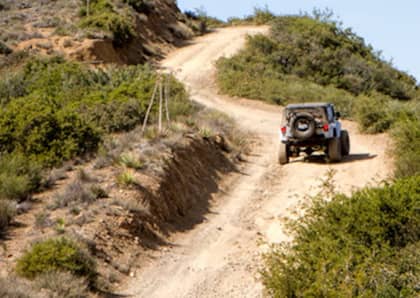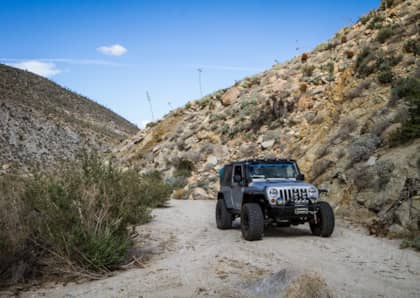Seeing Spots: Trail Tips For Communication in Technical Terrain
There are a myriad of reasons that compel people to shift their transfer case into low range and hit the trail. The serenity and beauty of the backcountry, exploring pioneer history and ghost towns and access to camping and fishing amongst them. For some people though, the biggest appeal is the challenge between man, machine and nature. Tackling difficult terrain is a huge adrenaline rush, even though you might only cover one mile of trail all day long. It's in these situations that communication is critical, since the wrong move can result in dented sheetmetal, broken parts or bruised egos. To avoid these results, we often see spotters used on the trail. A spotter can see things from outside the vehicle that the driver is unaware of, and the goal is to efficiently and accurately relay this information to the driver. Here are our top tips for how to accomplish that and look like a pro while using spotter hand signals.
Jake Hallenbeck and John Davey were nice enough to assist us with this story. Hallenbeck is a racer, finishing fourth in the 2014 King of the Hammers and second in Ultra4 season points behind Loren Healy. He explained the importance of visibility, and said that navigating challenging terrain with window nets, helmets, head and neck restraints, and harnesses is far more difficult than recreational wheeling.
Come Forward: Wave the driver forward to have them come towards you. Only stop waving when you want them to stop, or you start the next signal. Exaggerated movements can be used when you want the driver to go to full lock, more subtle moves when smaller corrections are required.
Hand Signals: Visual commands are easier for the driver to process and follow than verbal commands. “Right” and “left” can be confusing with the spotter and driver facing each other, and if verbal commands are required “driver” and “passenger” work better than “left” and “right”.
Stop: A closed fist is used to signal the driver to stop. The fist should remain closed until the next command is given to the driver. Two closed fists or crossed arms over the head of the spotter can also be used to notify the driver to stop movement.
Back Up: Using an open palm towards the driver, make a pushing motion backwards. The pinching motion with the thumb and index finger can be useful for backing as well. Sometimes the driver just needs to back up a little, while other times you might want them all the way off the obstacle to start again.
Just A Little: Wheeling is an activity that requires finesse, and often times surmounting an obstacle is a matter of precision with regards to throttle and tire position. If you want the driver to come forward just a little, pinch your fingers together. This signal is also useful for backing up to hook up a trailer or can be combined with other hand signals where only a slight change is required, as noted above.
Turn Left: Note how John is looking directly at the driver and calmly giving a very clear signal. Hand signals don’t betray when the spotter is excited or worried like verbal commands do, which can be a good thing or a bad thing depending on the situation.
Use A Spotter You Trust: If you are in a situation that is challenging enough that you need help, it's best to use someone that you trust. It's only natural that the more you work together the better you will understand each other. The spotter should be located in a position where the driver can clearly see them as they traverse the obstacle.
Use One Spotter: Too much input, which can sometimes be conflicting, can make a tough situation worse instead of better. Have one spotter and have the driver concentrate only on that one person. If someone else can see something your spotter does not see, they should relay that information to the spotter, not the driver.
Winching: Using a winch has its own set of commands when the person operating the winch is someone other than the driver. To signal the winch to be powered in, hold your arm in the air and spin your finger in small circles. Stopping the winch is the same hand signal as stopping a vehicle, a closed fist.




